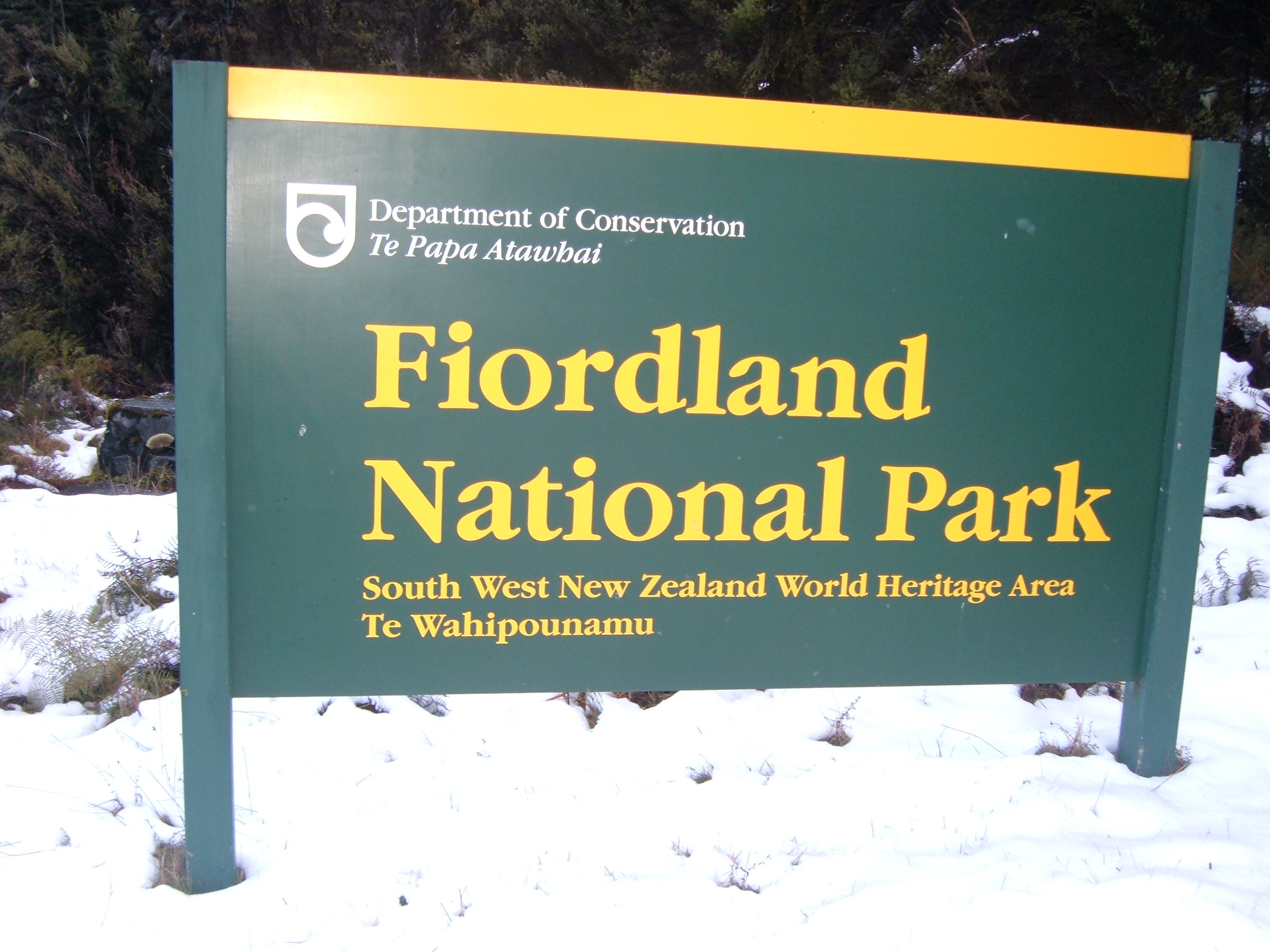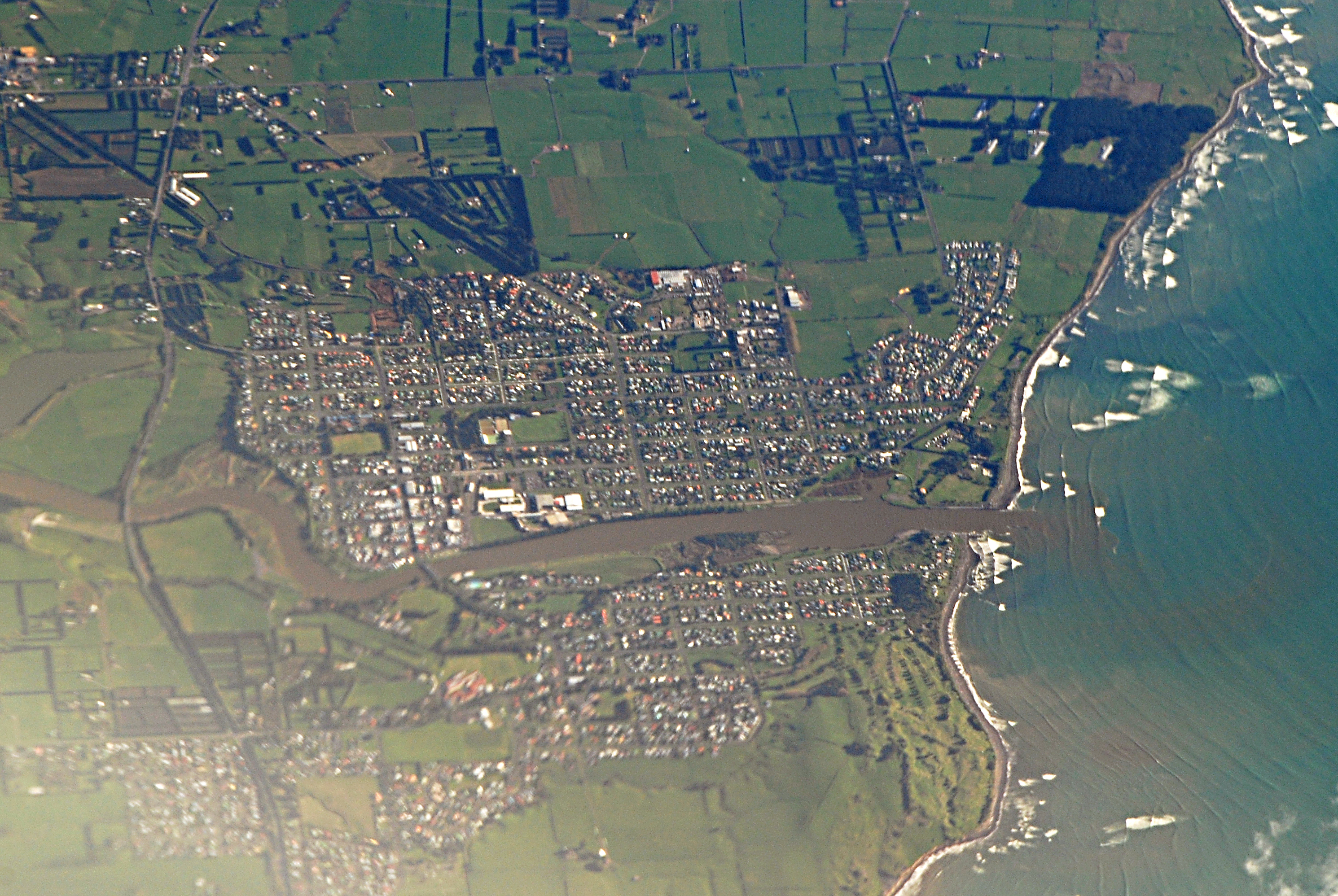|
Chaetocorophium
''Chaetocorophium'' is a monotypic genus of amphipods in the family Corophiidae, containing only the species ''Chaetocorophium lucasi''. ''Chaetocorophium'' is very closely related to ''Paracorophium'', and some researchers propose synonymising the two genera. ''C. lucasi'' is endemic to New Zealand, where it is found only in a few sites in the North Island ( Lake Rotorua, Lake Waikare, Lake Rotoiti, at Whakatane, Raglan, Waitara, and Wanganui) and in lakes and intertidal mudflats across South Island. It is epigean, and was listed as "Sparse" in the 2002 New Zealand Threat Classification System list for freshwater invertebrate Invertebrates are a paraphyletic group of animals that neither possess nor develop a vertebral column (commonly known as a ''backbone'' or ''spine''), derived from the notochord. This is a grouping including all animals apart from the chordate ...s. References Corophiidea Freshwater crustaceans of New Zealand Monotypic crustacean genera< ... [...More Info...] [...Related Items...] OR: [Wikipedia] [Google] [Baidu] |
Paracorophium
''Paracorophium'' is a genus of amphipods Amphipoda is an order of malacostracan crustaceans with no carapace and generally with laterally compressed bodies. Amphipods range in size from and are mostly detritivores or scavengers. There are more than 9,900 amphipod species so far descri ... in the Family (biology), family Corophiidae. Species * ''Paracorophium brisbanensis'' Chapman, 2002 * ''Paracorophium excavatum'' (Thomson, 1884) * ''Chaetocorophium lucasi, Paracorophium lucasi'' Hurley, 1954 References * * Further reading * * Corophiidea Taxa named by Thomas Roscoe Rede Stebbing {{amphipod-stub ... [...More Info...] [...Related Items...] OR: [Wikipedia] [Google] [Baidu] |
Corophiidae
Corophiidae is a family of amphipods, containing the following genera: *'' Americorophium'' Bousfield & Hoover, 1997 *'' Anonychocheirus'' Moore & Myers, 1983 *''Apocorophium'' Bousfield & Hoover, 1997 *'' Bathyphotis'' Stephensen, 1944 *''Chaetocorophium (Hurley, 1954) *'' Cheirimedeia'' J. L. Barnard, 1962 *'' Cheiriphotis'' Walker, 1904 *''Chelicorophium'' Bousfield & Hoover, 1997 *'' Comacho'' *'' Corophium'' Latreille, 1806 *''Crassicorophium'' Bousfield & Hoover, 1997 *'' Eocorophium'' Bousfield & Hoover, 1997 *'' Goesia'' Boeck, 1871 *'' Hansenella'' Chevreux, 1909 *'' Haplocheira'' Haswell, 1879 *''Hirayamaia'' Bousfield & Hoover, 1997 *'' Kuphocheira'' K. H. Barnard, 1931 *'' Laticorophium'' Bousfield & Hoover, 1997 *'' Leptocheirus'' Zaddach, 1884 *'' Lobatocorophium'' Bousfield & Hoover, 1997 *''Medicorophium'' Bousfield & Hoover, 1997 *'' Microcorophium'' Bousfield & Hoover, 1997 *'' Monocorophium'' Bousfield & Hoover, 1997 *'' Neohela'' S. I. Smith, 1881 *''Paracoroph ... [...More Info...] [...Related Items...] OR: [Wikipedia] [Google] [Baidu] |
Transactions Of The Royal Society Of New Zealand
The ''Transactions and Proceedings of the Royal Society of New Zealand'' was a scientific journal and magazine published by the Royal Society of New Zealand. Before 1933 the society was called the New Zealand Institute, and the journal's name was ''Transactions and Proceedings of the New Zealand Institute''. It was active between 1868 and 1961 and was the most important scientific journal in New Zealand. Notable contributors *Thomas Cheeseman, naturalist *William Colenso, botanist *Harold John Finlay, palaeontologist and conchologist. * Charles Fleming, ornithologist and palaeontologist *James Hector, geologist * Thomas Hocken, botanist and anthropologist *Ernest Rutherford, chemist and physicist, Nobel laureate The Nobel Prizes ( sv, Nobelpriset, no, Nobelprisen) are awarded annually by the Royal Swedish Academy of Sciences, the Swedish Academy, the Karolinska Institutet, and the Norwegian Nobel Committee to individuals and organizations who make ... References ... [...More Info...] [...Related Items...] OR: [Wikipedia] [Google] [Baidu] |
Corophiidea
Corophiida is an infraorder of amphipods that contains the two parvorders Caprellidira (skeleton shrimp and whale lice) and Corophiidira. In 2003-2013 this group was treated as a suborder, Corophiidea, which in turn had been re-established to contain the taxa previously treated as the suborder Caprellidea, together with some families formerly placed in the suborder Gammaridea. More recently, the group was made part of the new suborder Senticaudata.Lowry, J.K. & Myers, A.A. (2013A Phylogeny and Classification of the Senticaudata subord. nov. (Crustacea: Amphipoda) Zootaxa ''Zootaxa'' is a peer-reviewed scientific mega journal for animal taxonomists. It is published by Magnolia Press ''Magnolia'' is a large genus of about 210 to 340The number of species in the genus ''Magnolia'' depends on the taxonomic view ... 3610 (1): 1-80. References External links * Amphipoda Arthropod infraorders {{Amphipod-stub ... [...More Info...] [...Related Items...] OR: [Wikipedia] [Google] [Baidu] |
Department Of Conservation (New Zealand)
The Department of Conservation (DOC; Māori: ''Te Papa Atawhai'') is the public service department of New Zealand charged with the conservation of New Zealand's natural and historical heritage. An advisory body, the New Zealand Conservation Authority (NZCA) is provided to advise DOC and its ministers. In addition there are 15 conservation boards for different areas around the country that provide for interaction between DOC and the public. Function Overview The department was formed on 1 April 1987, as one of several reforms of the public service, when the '' Conservation Act 1987'' was passed to integrate some functions of the Department of Lands and Survey, the Forest Service and the Wildlife Service. This act also set out the majority of the department's responsibilities and roles. As a consequence of Conservation Act all Crown land in New Zealand designated for conservation and protection became managed by the Department of Conservation. This is about 30% of New ... [...More Info...] [...Related Items...] OR: [Wikipedia] [Google] [Baidu] |
Invertebrate
Invertebrates are a paraphyletic group of animals that neither possess nor develop a vertebral column (commonly known as a ''backbone'' or ''spine''), derived from the notochord. This is a grouping including all animals apart from the chordate subphylum Vertebrata. Familiar examples of invertebrates include arthropods, mollusks, annelids, echinoderms and cnidarians. The majority of animal species are invertebrates; one estimate puts the figure at 97%. Many invertebrate taxa have a greater number and variety of species than the entire subphylum of Vertebrata. Invertebrates vary widely in size, from 50 μm (0.002 in) rotifers to the 9–10 m (30–33 ft) colossal squid. Some so-called invertebrates, such as the Tunicata and Cephalochordata, are more closely related to vertebrates than to other invertebrates. This makes the invertebrates paraphyletic, so the term has little meaning in taxonomy. Etymology The word "invertebrate" comes from the Latin word ''vertebra' ... [...More Info...] [...Related Items...] OR: [Wikipedia] [Google] [Baidu] |
Freshwater
Fresh water or freshwater is any naturally occurring liquid or frozen water containing low concentrations of dissolved salts and other total dissolved solids. Although the term specifically excludes seawater and brackish water, it does include non- salty mineral-rich waters such as chalybeate springs. Fresh water may encompass frozen and meltwater in ice sheets, ice caps, glaciers, snowfields and icebergs, natural precipitations such as rainfall, snowfall, hail/ sleet and graupel, and surface runoffs that form inland bodies of water such as wetlands, ponds, lakes, rivers, streams, as well as groundwater contained in aquifers, subterranean rivers and lakes. Fresh water is the water resource that is of the most and immediate use to humans. Water is critical to the survival of all living organisms. Many organisms can thrive on salt water, but the great majority of higher plants and most insects, amphibians, reptiles, mammals and birds need fresh water ... [...More Info...] [...Related Items...] OR: [Wikipedia] [Google] [Baidu] |
Epigean
Epigeal, epigean, epigeic and epigeous are biological terms describing an organism's activity above the soil surface. In botany, a seed is described as showing epigeal germination when the cotyledons of the germinating seed expand, throw off the seed shell and become photosynthetic above the ground. The opposite kind, where the cotyledons remain non-photosynthetic, inside the seed shell, and below ground, is hypogeal germination. The terms epigean, epigeic or epigeous are used for organisms that crawl (epigean), creep like a vine (epigeal), or grow (epigeous) on the soil surface: they are also used more generally for animals that neither burrow nor swim nor fly. The opposite terms are hypogean, hypogeic and hypogeous. An epigeal nest is a term used for a termite mound, the above ground nest of a colony of termites. See also * List of plant morphology terms A ''list'' is any set of items in a row. List or lists may also refer to: People * List (surname) Organizations * ... [...More Info...] [...Related Items...] OR: [Wikipedia] [Google] [Baidu] |
South Island
The South Island, also officially named , is the larger of the two major islands of New Zealand in surface area, the other being the smaller but more populous North Island. It is bordered to the north by Cook Strait, to the west by the Tasman Sea, and to the south and east by the Pacific Ocean. The South Island covers , making it the world's 12th-largest island. At low altitude, it has an oceanic climate. The South Island is shaped by the Southern Alps which run along it from north to south. They include New Zealand's highest peak, Aoraki / Mount Cook at . The high Kaikōura Ranges lie to the northeast. The east side of the island is home to the Canterbury Plains while the West Coast is famous for its rough coastlines such as Fiordland, a very high proportion of native bush and national parks, and the Fox and Franz Josef Glaciers. The main centres are Christchurch and Dunedin. The economy relies on agriculture and fishing, tourism, and general manufacturing and serv ... [...More Info...] [...Related Items...] OR: [Wikipedia] [Google] [Baidu] |
Wanganui
Whanganui (; ), also spelled Wanganui, is a city in the Manawatū-Whanganui region of New Zealand. The city is located on the west coast of the North Island at the mouth of the Whanganui River, New Zealand's longest navigable waterway. Whanganui is the 19th most-populous urban area in New Zealand and the second-most-populous in Manawatū-Whanganui, with a population of as of . Whanganui is the ancestral home of Te Āti Haunui-a-Pāpārangi and other Whanganui Māori tribes. The New Zealand Company began to settle the area in 1840, establishing its second settlement after Wellington. In the early years most European settlers came via Wellington. Whanganui greatly expanded in the 1870s, and freezing works, woollen mills, phosphate works and wool stores were established in the town. Today, much of Whanganui's economy relates directly to the fertile and prosperous farming hinterland. Like several New Zealand urban areas, it was officially designated a city until an administrat ... [...More Info...] [...Related Items...] OR: [Wikipedia] [Google] [Baidu] |
Waitara, New Zealand
Waitara is a town in the northern part of the Taranaki region of the North Island of New Zealand. Waitara is located just off State Highway 3, northeast of New Plymouth. Waitara was the site of the outbreak of the Taranaki Wars in 1860 following the attempted purchase of land for British settlers from its Māori owners. Disputes over land that was subsequently confiscated by the Government continue to this day. The commonly accepted meaning of the name Waitara is "mountain stream", though Maori legend also states that it was originally Whai-tara—"path of the dart". In 1867 the settlement was named Raleigh, after Sir Walter Raleigh. It reverted to its former name with the establishment of the borough of Waitara in 1904. History and culture Early history Prior to European colonisation, Waitara lay on the main overland route between the Waikato and Taranaki districts. Vestiges of numerous pā on all strategic heights in the district indicate close settlement and closely ... [...More Info...] [...Related Items...] OR: [Wikipedia] [Google] [Baidu] |


.jpg)
